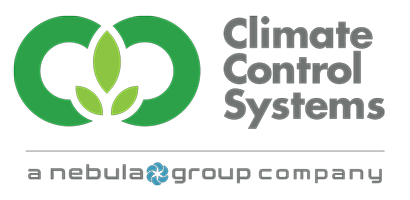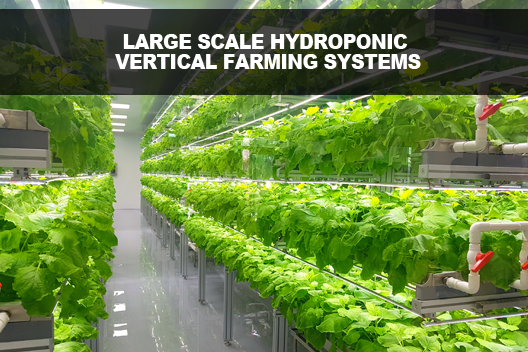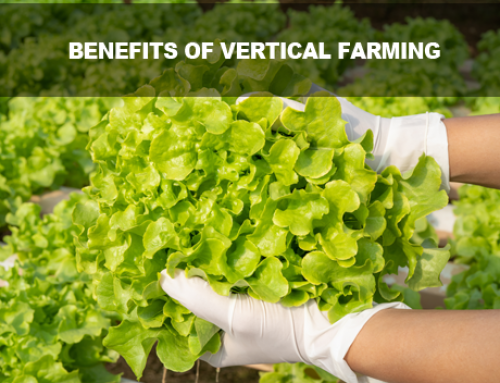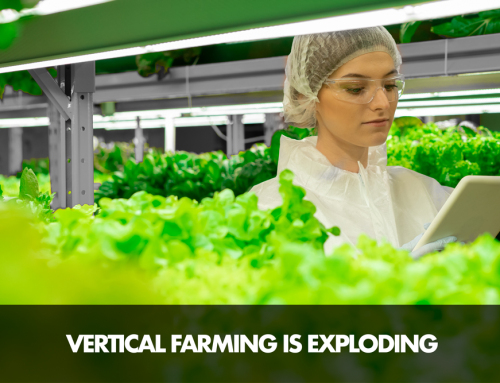Did you know that half of the world’s habitable land is actually used for agriculture? Yet, the planet’s population is under serious threat of food scarcity, especially with the supply chain breaking down currently. Dedicating more land to farming would mean more deforestation which is not sustainable for Earth’s future. That’s where hydroponic vertical farming systems have made a large impact on the farming industry.
Vertical farms are quickly becoming popular because of their space-saving design. Growers can save time, energy and money with vertical farming systems over conventional methods. New growing technology for hydroponics are especially popular in urban areas, as an alternative agricultural method as they do not need soil and save space. When combined, the advantages of hydroponic vertical farms are many compared to traditional farming practices.
Let’s find out about vertical hydroponic farming systems.
What is Vertical Farming Hydroponics?
A vertical hydroponic system puts together two modern agricultural techniques – vertical farming and hydroponic farming. Let’s understand each of these separately.
Hydroponics is the process of farming using water instead of soil as a medium. Nutrients are injected into the water line for all crops to enhance their growth resulting in a better crop yield and output.
A vertical farm is a tall structure, like a tower, with multiple trays, with one on top of the other in the form of shelves going down each side. This helps to save space and is ideal for any indoor farming concept.
Vertical hydroponic farming uses the trusted principles and techniques of greenhouse production, making it ideal for urban farming in a condensed controlled environment in place of traditional farming methods that need more space. Growing different types of plants without any soil is far away from conventional farming techniques, but it is certainly one of the best ways to solve the space and efficiency problems.
How Does Vertical Hydroponics Work?
In a vertical farming system, multiple layers of growing trays are arranged in stacks. In each of these, plants are grown in nutrient-rich water instead of soil. Also called a vertical hydroponic system, this grow automation system is an excellent option to get fresh produce in large volumes even when space and other resources are limited, especially in urban cities.
The plants in different layers get regular irrigation with a nutrient rich solution through regularly scheduled feeding times. The fresh water supply comes from a reservoir tank that gets pumped into a Fertigation machine, to mix all other fertilizers into the feed solution. The pump helps distribute the water with the nutrient solution to all plants in the vertical hydroponic farming system. Of course, the gravitational force plays an important role in boosting water circulation and collection.
The nutrient solution present in the water supply nourishes the plants and boosts the growth of fresh produce. You have to study the plants and their nutrient requirements properly to choose the right “food” for the nourishment of the crops. Proper irrigation and feed formulas are key to your crop’s health. If your farm only has a single crop type, then only one crop in your vertical farm will have a nutrient recipe, a single formula is sufficient here.
However, for multiple plants and their different requirements, numerous zones will be needed. Each zone will be connected to a different water line and feed formula, each solution will be designed for feeding the appropriate plants for top productivity. The plants are kept in netted pots at a 45-degree angle to allow water to seep in through plant roots, with fertilizer. If you are looking for a fertigation system that can manage all of your feed formulas, we engineer and install advanced greenhouse equipment that can handle grower’s needs.
What is a Vertical Hydroponic Greenhouse?
In a vertical hydroponic systems you get the benefits and advantage of stability with a completely controlled environment to boost plant growth. This farm system offers complete protection from weather conditions and keeps the internal temperature at ambient levels. These vertical hydroponic systems are very modular, are quick to build and easy to scale in the future.
Within the greenhouse, it is possible to manage the environmental conditions required for your crops with the help of artificial lights, carbon dioxide, heating, and venting systems for air circulation. This helps to ensure that the growth process remains ideal for the plants throughout the year, unlike in a natural farm where you have to depend on natural light, air, rain, heat, etc.
An advanced vertical hydroponic system is equipped with climate control manager and advanced grower software so that you can control every aspect of the indoor grow and optimize the environmental conditions like… irrigation, nutrition, climate control and more. The hydroponic methods should also help you filter and recycle your waste water.
Scope of Large-Scale Vertical Hydroponic Farming
Hydroponic growers can take advantage of their non-conventional farms to grow various types of fruits, leafy greens, microgreens, vegetables, etc. Some types of root vegetables like potatoes, garlic, carrots and onions are not ideal as they are usually grown in the ground. The list of vertical hydroponic crops is long, with more than fifty types of crops that can grow well in vertical hydroponic farms.
There are also several experiments going on to test and grow other plants in this type of system. This kind of research and development will hopefully help to increase the variety of crops that can be grown in a vertical hydroponic farm across the world and solve the problems of food scarcity and land depredation. It is certainly sustainable and profitable for all commercial growers. Especially great for urban farming.
In most cases, we see that small- or medium-scale farmers, especially urban farmers, resort to vertical hydroponic farming as the best solution. Indeed, these are both ideal for small areas with big aspirations without creating a massive footprint. Some small-scale urban or indoor farms cannot solve our hunger problems alone, we need to enhance operations to larger scale growers for this type of need.
However, with more and more professional farmers resorting to indoor setups with vertical hydroponic growth techniques, there’s hope. This is particularly true because of the small amount of space that they take. Additionally, with complete control over all growing conditions, it is possible to get various crops grown all year long with amazing yields!
For best results from your vertical hydroponic farming systems, you need the ideal automation systems. To find yours, contact us TODAY!



